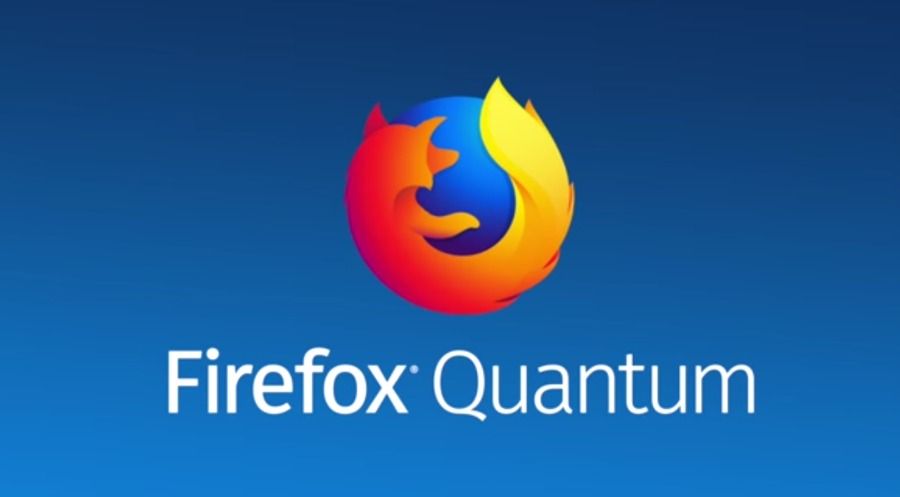Page 9764
Dec 8, 2017
Canada begins paying basic income to citizens
Posted by Shailesh Prasad in categories: economics, health, policy
Canada is testing a basic income to discover what impact the policy has on unemployed people and those on low incomes.
The province of Ontario is planning to give 4,000 citizens thousands of dollars a month and assess how it affects their health, wellbeing, earnings and productivity.
It is among a number of regions and countries across the globe that are now piloting the scheme, which sees residents given a certain amount of money each month regardless of whether or not they are in work.
Continue reading “Canada begins paying basic income to citizens” »
Dec 8, 2017
Google’s new ‘landscraper’ will be as long as a super-tall skyscraper is high — and it could be the next big building trend
Posted by Shailesh Prasad in category: futurism
Futurist Amy Webb says that landscrapers — buildings that are extremely long rather than tall — will become more mainstream in sprawling metros.
Dec 8, 2017
The Mirror Neuron Revolution: Explaining What Makes Humans Social
Posted by Shailesh Prasad in categories: entertainment, neuroscience
Neuroscientist Marco Iacoboni discusses mirror neurons, autism and the potentially damaging effects of violent movies.
Dec 8, 2017
Elon Musk’s Tunnel Through L.A. Just Happens To Go From His House To His Office
Posted by Shailesh Prasad in category: Elon Musk
The Boring Company could ease L.A.’s traffic problems, especially for one very special commuter.
Dec 8, 2017
Scientists Find Out How Hope Protects the Brain
Posted by Shailesh Prasad in category: neuroscience
Since hope appears to come from a physical place in the brain, scientists are hoping to figure out how it shields the rest of the brain from negativity. Really.
Dec 8, 2017
Can a zebra crossing change its stripes?
Posted by Shailesh Prasad in category: futurism
That’s exactly what London-based tech company Umbrellium has designed: the Starling Crossing is an interactive crosswalk that responds dynamically to its environment.
And it could be the future of how we interact with our cities.
Dec 8, 2017
Firefox Quantum is a Really Great Browser
Posted by Shailesh Prasad in category: quantum physics
Dec 8, 2017
Researchers Have Created an AI System That Teaches Itself New Languages
Posted by Shailesh Prasad in category: robotics/AI

Researchers published two new papers that demonstrate that it’s possible to develop an AI system which doesn’t rely on parallel texts.

















